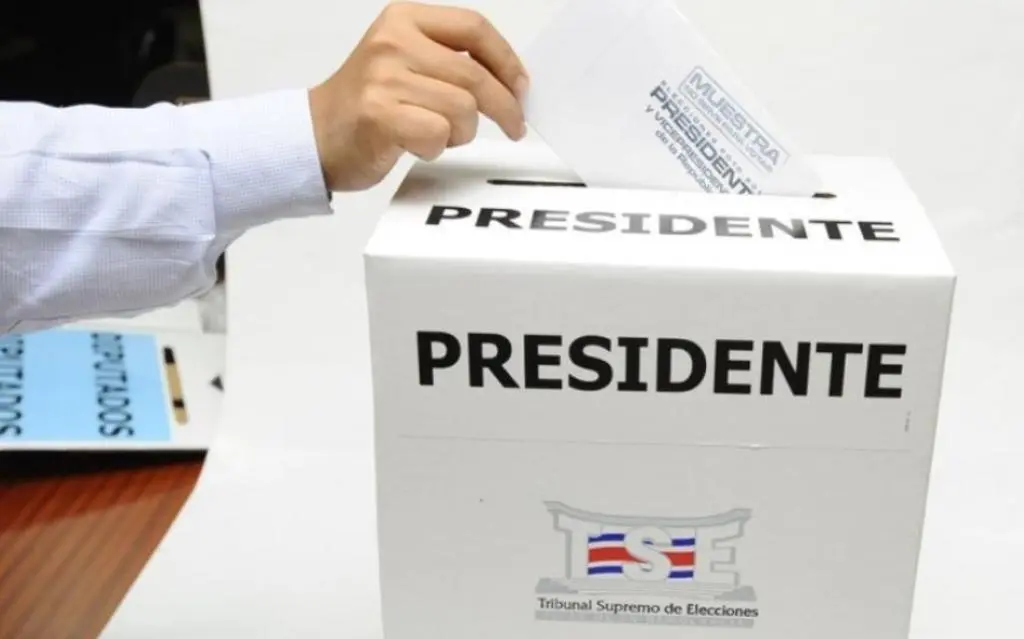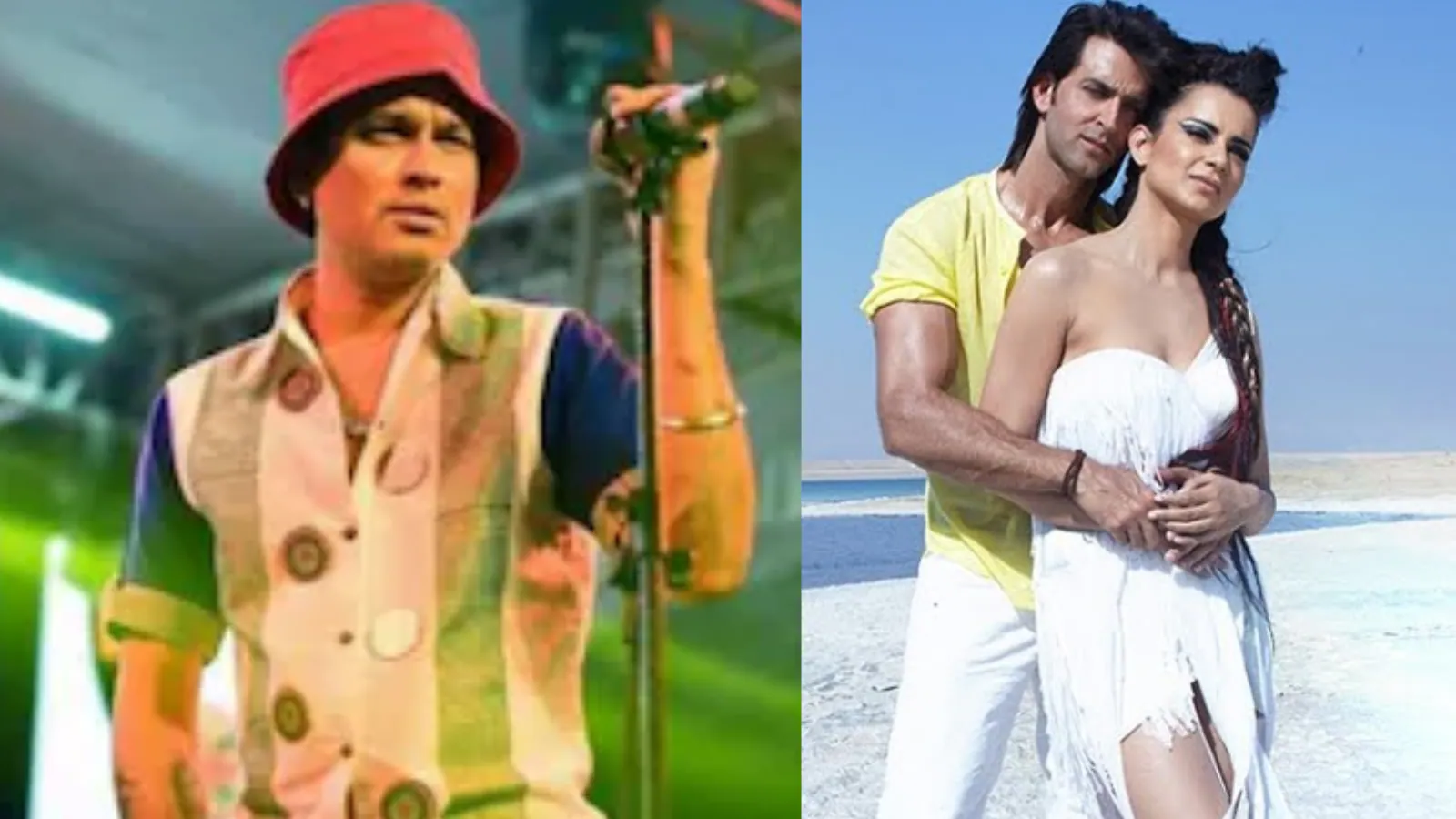Copyright qcostarica

Q COSTARICA — The 2026 election campaign officially began on October 1st in Costa Rica, with the call from the Supreme Electoral Tribunal (TSE). This time there will be 20 candidates for President of the Republic: five fewer than four years ago, but the second-highest number in history, only below the 25 candidacies that were registered for the 2022 elections. On October 29, the TSE drew lots to determine the order of political parties on the ballots for Costa Rica’s 2026 national elections. Twenty-one national political parties—two of them in coalition—and five provincial parties will participate in this process, vying for seats in the legislature. The latest poll from the Center for Political Research and Studies at the University of Costa Rica (CIEP-UCR) paints a picture of complete uncertainty. Twenty-five percent of those intending to vote are leaning towards supporting the ruling party’s candidate, Laura Fernández; however, as many as 55% remain undecided. The 19 opposition candidates, on the other hand, have the combined support of only 17.5%, primarily led by Álvaro Ramos of the Partido Liberación Nacional (7%), Claudia Dobles of the Coalición Agenda Ciudadana (3%), and Ariel Robles of the Frente Amplio (3%). According to the university center, this scenario makes it impossible to draw any firm conclusions, beyond the fact that any outcome remains possible. The voting is scheduled for February 1st, and if a second round is necessary to determine the President of the Republic, it would have to be held up to two months later. The electoral roll comprises 3.7 million people over the age of 18, and the TSE has budgeted an investment of ¢10.217 billion colones for the electoral process. Part of that money will be allocated to pay for the 3.8 million ballots whose printing was contracted for the presidential and congressional elections.



